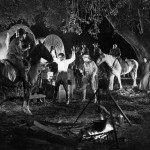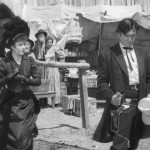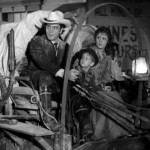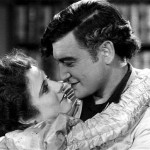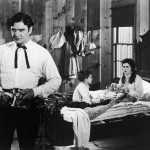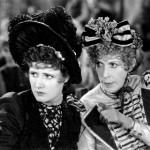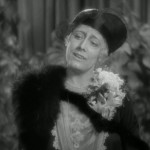
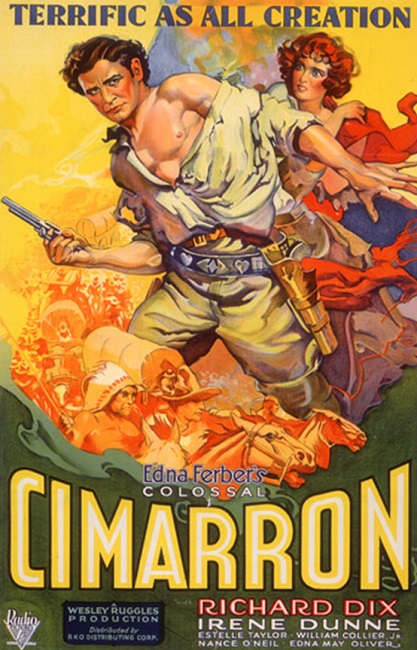

Cimarron – 1930 – 1931
Cimarron was not as bad as they say. I went into this movie knowing only what I read about it. It has been called one of the most undeserving movies to ever win the Academy Award for Best Picture. Honestly, I think it is getting a bad rap. It wasn’t the greatest movie in the world, but then again, I enjoyed it more than The Broadway Melody of 1929.
Interesting note: The budget for this film was 1.5 million dollars, a huge sum of money for 1931, as the nation was in the grip of the great depression. Even though the film was considered to be a success, it actually lost $565,000 during its initial release. Fortunately, it earned more when it was re-released in 1935.
Again, I love epics, and this was certainly an epic. The movie follows the lives of strapping young newspaper entrepreneur and lawyer Yancey Cravat, played by Richard Dix and his young wife Sabra, played by Irene Dunne, as they move to the new frontier of the recently opened Oklahoma Territory, otherwise known as the Cimerron Territory.
At the outset, the film tries to portray Yancey as the prime example of a fine and noble man with the morals of a saint. He always does the right thing and is respected by his peers. He helps those in need, defends the weak, and has no patience for lawbreakers. But as the plot progressed, I think the focus shifted. The main character was no longer Yancey, but his wife Sabra.
You see, for all his fine and noble qualities, Yancey had one major flaw. He had the desire to constantly be building the new frontier. Nevermind that he had a wife and two kids at home who needed him. What a jerk! I didn’t know whether to admire him for his nobility, or hate him for abandoning his family to satisfy his own wander-lust.
But the movie did not follow him on his new adventures. The movie then shifted and followed his wife through the hardships she was forced to endure with her husband missing, never knowing if he was alive or dead. But her character was strong enough to not only get by, but thrive. She raised her two children, ran the newspaper that Yancey started, and eventually became one of the first women elected to congress.
Interesting note: There was actually one noted fabrication in the plot. In the film, Yancey Cravat is the Progressive Party’s candidate for governor of Oklahoma. The film took place in 1907, but in reality, the Progressive Party did not form until 1912.
The movie followed the lives of the characters from their younger days to their golden years. I thought the make-up artist, Ern Westmore (who won a special Academy Award for make-up on the film) did a fantastic job, making the cast look believably aged. And the actors did a fine job portraying both young and old.
A particular gem in the film was the character of Mrs. Tracy Wyatt, played by Edna May Oliver. She had a supporting role as the town’s hoity-toity busy-body. She had a better-than-thou sneer that was quite sufficient to provide both comic relief and a small amount of drama. She had a small role, but wonderfully caught my attention every time she was on the screen. Well done Edna May!
The movie certainly had the scope and feel of a true epic. There was a large cast of extras, giving the film a grand scale. Like I said before – I think this movie is getting a bad rap when people call it one of the most undeserving Best Picture winners.
Interesting note: The movie was remade in 1961, showing the Native American Indians in a kinder light, but the remake wasn’t nearly as successful as the 1931 version.

